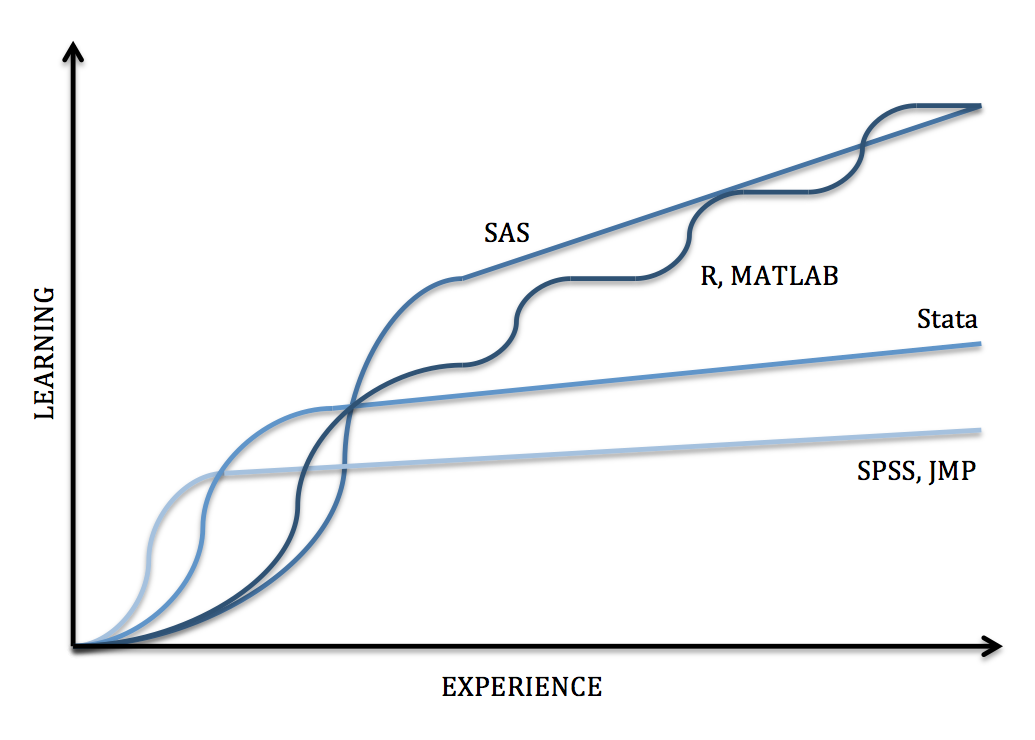
Goto-Yamamoto N, Wan GH, Masaki K, Kobayashi S (2002) Structure and transcription of three chalcone synthase genes of grapevine ( Vitis vinifera). Plant Cell 24:3489–3505įilippetti I, Ramazzotti S, Centinari M, Bucchetti B, Intrieri C (2007) Esperienze triennali sugli effetti del diradamento dei grappoli sulla qualità delle uve della cultivar Sangiovese. doi: 10.1186/1471-2įasoli M, Dal Santo S, Zenoni S, Tornielli GB, Farina L, Zamboni A (2012) The grapevine expression atlas reveals a deep transcriptome shift driving the entire plant into a maturation program.

Am J Enol Vitic 57:257–268įalginella L, Castellarin SD, Testolin R, Gambetta GA, Morgante M, Di Gaspero G (2010) Expansion and subfunctionalisation of flavonoid 3′,5′-hydroxylases in the grapevine lineage. BMC Genom 8(1):429ĭowney MO, Dokoozlian NK, Krstic MP (2006) Cultural practice and environmental impacts on the flavonoid composition of grapes and wine: a review of recent research. J Food Sci 72:247–253ĭeluc L, Grimplet J, Wheatley MD, Tillet RL, Quilici DR, Osborne C, Schooley DA, Schlauch KA, Cushman JC, Cramer GR (2007) Transcriptomic and metabolite analyses of Cabernet Sauvignon grape berry development. Genome Biol 14:R54ĭel Pozo-Insfran D, Del Follo-Martinez A, Talcott ST, Brenes CH (2007) Stability of copigmented anthocyanins and ascorbic acid in Muscadine grape juice processed by high hydrostatic pressure. Plant Mol Biol 69:633–648ĭal Santo S, Tornielli GB, Zenoni S, Fasoli M, Farina L, Anesi A, Guzzo F, Delledonne M, Pezzotti M (2013) The plasticity of the grapevine berry transcriptome. J Exp Bot 63:2655–2665Ĭutanda-Perez MC, Ageorges A, Gomez C, Vialet S, Terrier N, Romieu C, Torregosa L (2009) Ectopic expression of VlmybA1 in grapevine activates a narrow set of genes involved in anthocyanin synthesis and transport. Plant Cell Physiol 54:1200–1216Ĭohen SD, Tarara JM, Gambetta GA, Matthews MA, Kennedy JA (2012) Impact of diurnal temperature variation on grape berry development, proanthocyanidin accumulation, and the expression of flavonoid pathway genes. Vitis 31:139–147Ĭarbonell-Bejerano P, Santa Maria E, Torrés Perez R, Royo C, Lijavetzky D, Bravo G, Aguirreolea J, Sánchez-Díaz M, Carmen Antolín M, Martinez-Zapater JM (2013) Thermotolerance responses in ripening berries of Vitis vinifera L cv Muscat Hamburg. Am J Enol Vitic 52:1–6Ĭalderón AA, García-Florenciano E, Muñoz R, Ros Barceló A (1992) Gamay grapevine peroxidase: its role in vacuolar anthocyanin(di)n degradation. Plant Mol Bio 13:491–502īergqvist J, Dokoozlian N, Ebisuda N (2001) Sunlight exposure and temperature effects on berry growth and composition of Cabernet Sauvignon and Grenache in the Central San Joaquin Valley of California. Funct Plant Biol 30:557–591īeld M, Martin C, Huits H, Stuitje AR, Gerats AGM (1989) Partial characterization of dihydroflavonol-4-reductase genes. Italus Hortus 14:181–185īarceló AR, Pomar F, Lopez-Serano M, Pedreno MA (2003) Peroxidase: a multifunctional enzyme in grapevines.

S Afr J Enol Vitic 10:74–77īarbagallo MG, Lino T, Santalucia G, Scafidi P (2007) Effetti di modificazioni del microclima dai grappoli mediante sfogliatura e copertura con rete ombreggiante sulla qualità dell’uva della cv Pinot nero in Sicilia. These data suggest that high temperature can stimulate peroxidase activity thus anthocyanin degradation in ripening grape berries.Īrcher E, Strauss HE (1989) Effect of shading on the performance of Vitis vinifera L. Overexpression of VviPrx31 decreased anthocyanin contents in Petunia hybrida petals under heat stress condition. This suggests that the low anthocyanin content of HT berries reflects the combined impact of reduced biosynthesis and increased degradation, particularly the direct role of peroxidases in anthocyanin catabolism. Under HT conditions, the biosynthesis of anthocyanins was suppressed at both the transcriptional and enzymatic levels, but peroxidase activity was higher.

The anthocyanin concentration at harvest was much lower in HT berries than LT berries although their profile was similar under both conditions. The low temperature (LT) conditions featured average and maximum daily air temperatures of 20 and 29 ☌, respectively, whereas the corresponding high temperature (HT) conditions were 22 and 36 ☌, respectively. Potted uniform plants of Sangiovese were kept from veraison to harvest, in two plastic greenhouses with different temperature conditions.

#Sas statistical software u of h skin
Here we studied the effects of two different temperature regimes, representing actual Sangiovese ( Vitis vinifera L.) viticulture regions, on the accumulation of mRNAs and enzymes controlling berry skin anthocyanins. Anthocyanin levels decline in some red grape berry varieties ripened under high-temperature conditions, but the underlying mechanism is not yet clear.


 0 kommentar(er)
0 kommentar(er)
